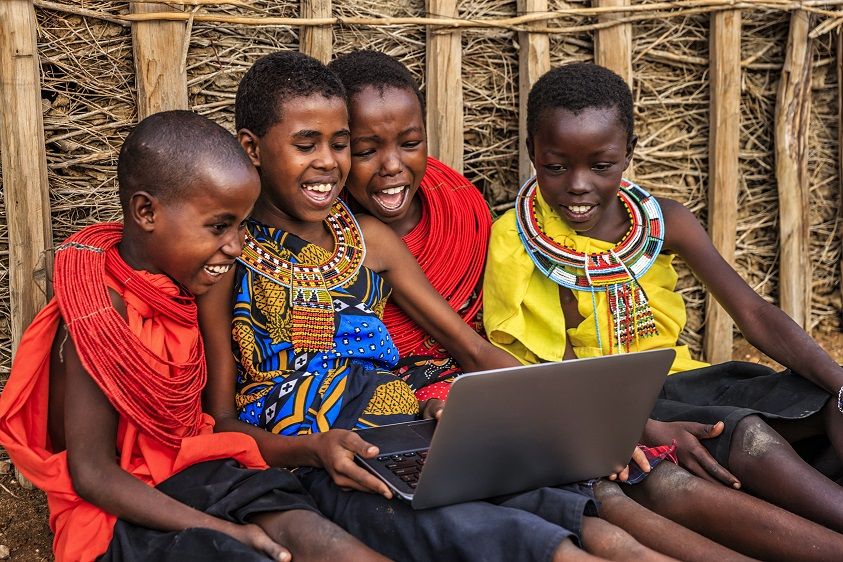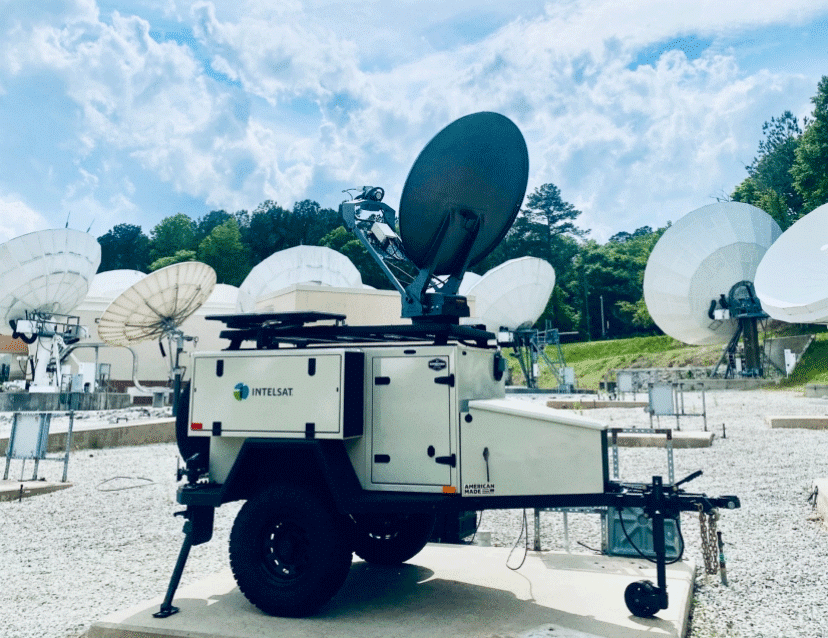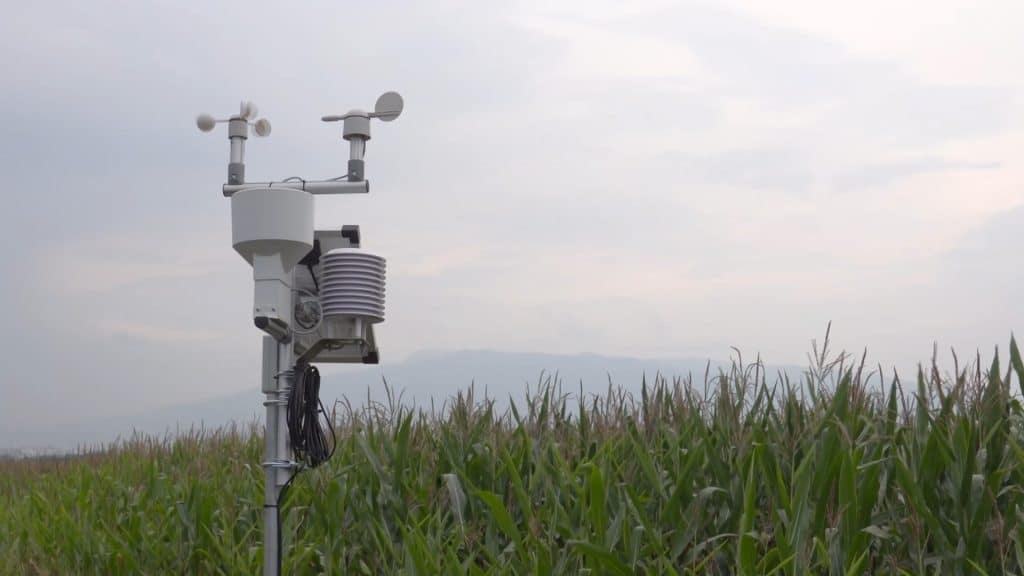Connecting the Unconnected Requires More than Improved Technology
The fact that nearly 4 billion people around the world do not have access to internet connectivity is an oft-cited figure in the telecoms industry. Even more noteworthy, nearly three-quarters of those unconnected live in just 20 countries.
The International Telecommunications Union’s Connect 2020 Agenda calls for at least 50 percent of developing nations’ households to have internet access by 2020 and nations around the world have promised to connect the unconnected – even in the most remote regions. But while there has been considerable hand-wringing over this number, and numerous discussions and plans on what needs to be done, there has been little progress over the last several years to reduce it.
The satellite sector has taken a major step in addressing this issue with the launch of high throughput satellites (HTS) such as the Intelsat Epic platform. The design and performance of these satellites, such as Intelsat 29e over the Americas and Intelsat 33e and Intelsat 35e, which provide services to Europe, Africa and Asia, are delivering unprecedented capabilities to the telecommunications infrastructure providers around the world. HTS combines increased throughput and higher power with the traditional advantages of satellite that include reach and ubiquity. The new satellites are more capable, supporting more data volume with the same bandwidth and making it easier to deliver broadband-level telecoms services to end users. And the higher power means the services can be delivered with solar terminals with a reduced footprint, improving the operational profile.
Innovations such as HTS help address the lack of infrastructure needed to reach the unconnected, but that is just one of the barriers to access that has been identified by multiple studies into how to solve the problem. To overcome some of the other barriers – affordability and user capability– will require more creative solutions.
The technologies to connect the unconnected have, in many respects, been available for some time. It is the economic model that is wanting in many cases, compounded with the realities of an unreliable power grid and the challenges of securing remote sites. To meet the growing needs of users, service providers and technology innovators must combine the most cost-efficient technologies with a new business approach. And that evolution is already underway in the satellite sector.
At Intelsat, we are pairing our technology improvement with innovations in the ecosystem and service models that have the goal of expanding internet access affordably. One of satellite’s biggest advantages is the ability to easily reach areas where terrestrial connectivity is limited. Combining this with smaller, more affordable ground solutions that can be easily installed means that mobile network operators can expand their services in areas where traditional network buildouts are uneconomical.
This can also help in times of crisis. Intelsat recently deployed a VSAT kiosk for the United Nations High Commissioner for Refugees (UNHCR) in Ghana. The combination of Intelsat’s fleet of traditional satellites and Intelsat Epic helped overcome some very specific challenges to this effort. The higher efficiency of spot beams allowed the delivery of bandwidth using solar-powered hardware to remote areas without sufficient electricity to power the services. And backwards compatibility meant that there was no need to replace the existing terminals. For the UNHCR, Intelsat offered the assurance of easier access to satellite technology and enhanced performance to coordinate aid efforts; for the refugees, it meant staying in touch with their families.
We think our efforts are a strong step towards reaching the billions of unconnected around the globe and bringing them the benefits that come with digital inclusion. But we also realize that no single company or technology can be the sole solution. This will require cooperation and the creative thinking of wireline, wireless networks and satellite providers, and we look forward to continuing our work with the full telecoms community to solve this issue. There could be no greater achievement for the sector than to connect the unconnected.























